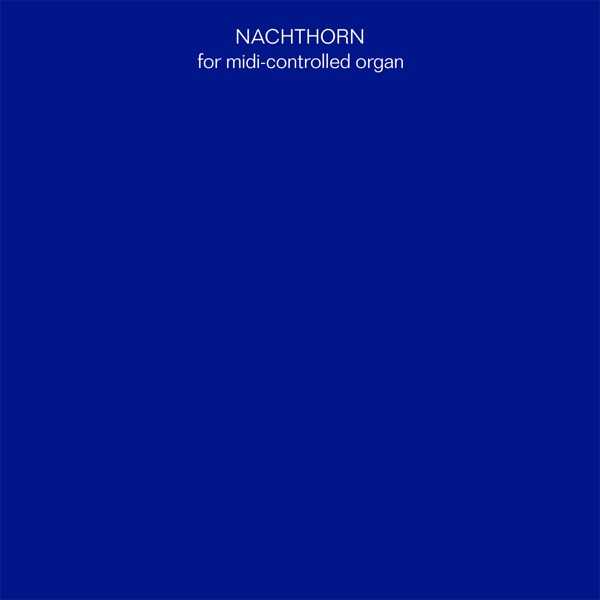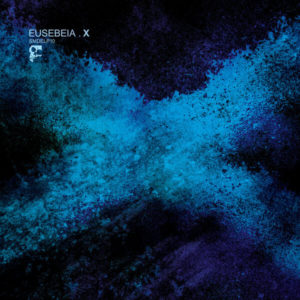Description
#maximedenuc #vinyl #vinylrecords
Denuc’s ambitious album, ‘Solarium’, dives deep into the evocative, taking its cues from the Kali Malone playlist to craft a blend of medieval atmospheres and modern beats. Conceptually, it’s easy to imagine a project of this nature veering into the realm of the overly self-conscious, but Denuc’s deft touch ensures it remains grounded. Opening with the euphoric ‘Edo’, the listener is greeted with the tranquil energy associated with the peaks of a balearic rave. Progressing further, tracks such as ‘Infinite End’ conjure memories of Enya’s haunting ‘Sail Away’, paired with the undeniable pull of trance from the heydays of the Paul Van Dyk era.
At the heart of the album is the title track ‘Nachthorn’, named after a specific stop on the pipe organ in Düsseldorf’s St. Antonius Church. A testament to Denuc’s innovative spirit, he employed a groundbreaking electronic system by German firm Sinua, which enabled him to manipulate the organ’s keys and tonality via a computer interface. This innovative approach allowed him to harness the grandeur of the pipe organ as if it were a synthesizer, turning his vision of creating purely acoustic dance music into a reality. The continuity and integrity of the album are maintained through Denuc’s precise and well-researched approach.
Delving deeper into the album, ‘Düsseldorf’ offers an intriguing blend of Maurizio’s vintage sounds with Henry Purcell’s timeless influence. Meanwhile, ‘Agoraphobia’ resonates with the languid allure of Ibiza, painting vivid images of a rhythmic journey accompanied by a resonating kick drum. There’s a classical, uplifting energy to ‘Overture’ that brings to mind Max Richter‘s masterful “Blue Notebooks”. Yet, ‘Function Music’ stands out as perhaps the most compelling evidence of Denuc’s concept: capturing the pulse of Berlin’s iconic Berghain club using purely acoustic sources.
Marrying the past with the present, Denuc’s album is a study in contrasts. The sound of a pipe organ merges seamlessly with more contemporary influences, bringing to mind artists as varied as Maurizio, Kara-Lis Coverdale, Lorenzo Senni, and Enya. Behind this endeavor is Denuc’s profound desire to delve into rave culture’s historical underpinnings and its fascinating connection with ecclesiastical music.
Far from being a mere gimmick, Denuc’s work is profound and resonant. Using the pipe organ, with all its complexities and challenges, he masterfully crafts textures and characters akin to those found in vintage synthesizers. Repetitive patterns evolve into dynamic, living phrases and drones, echoing throughout the church and eliciting a deeply emotional response from listeners. The beauty of ‘Nachthorn’ becomes increasingly apparent with each listen, revealing a multi-layered depth that captivates and moves those who embark on its auditory journey.




